Wayne had featured several Brazilian rhythm tracks on previous albums. Still, as Shorter biographer Michelle Mercer wrote,
No one was prepared for the deeply affecting sound of Wayne’s Native Dancer recording. It was unlike any Brazilian music most Americans had ever heard. The record’s first few notes introduced a voice, one that had to be the most potent falsetto on the planet [belonging] to Brazilian pop star and composer Milton Nascimento [to which] Wayne married jazz to Milton’s melodies in a kind of holy union that made other Brazilian jazz efforts of the time [Jazz Samba, Getz /Gilberto] seem like one-night stands. (1)
Shorter recognized that if you have a one-of-a-kind singer, one who had assimilated the bossa nova of his fellow countrymen, along with the Gregorian chants of his remote Catholic church in the hinterlands, into a self-styled alto yodel (some called it) or his female voice (Milton called it), then a hybrid album—not a jazz album, not a Brazilian album—but a hybrid should be made. And that’s what Wayne did.
Along with him and Herbie Hancock, there were three Brazilians:
Milton, Wagner [Tiso], and Robertinho [Silva]. There were also two players from the pop scene, Dave McDaniel, a bassist with Joe Cocker, and Jay Graydon, a guitarist, producer, and songwriter. There was Dave Amaro, [Brazilian singer] Flora Purim’s guitarist, on a couple of tunes, and [husband, percussionist] Airto [Moreira] on most of them. The engineer was Rob Fabroni, who had worked with The Band and other rock groups. And finally, Jim Price, a multi-instrumentalist who had worked with the Rolling Stones, produced the record. (2)
Perhaps fearing the first-track exotica might be a bit much for first-time listeners, Wayne follows “Ponta” with his own composition, “Beauty and the Beast.” A solid toe-tapper that begins with hesitant, funky block chords by Herbie that segues into a strong, melodic statement by Wayne, then alternates back and forth between the two as the tune continues; ostensibly one is “Beauty,” the other, Beast.” At song’s end they are one in the same.
Nascimento sings “Tarde” clearly, softly, yet another display of his tremendous vocal range. For this luxurious mood piece, Wayne pulls out his first instrument—tenor sax—and plays a romantic solo over a Hammond organ cushion. Milton reenters with a sweeping, wordless falsetto behind Wayne’s tenor excursions, pauses for a spell, then returns with an even higher-pitched falsetto.
Hancock later remarked, “After Wayne soloed, when Milton would come back in, you couldn’t even tell it was a voice. Because when Wayne played, it sang, and Milton’s singing has an instrumental quality to it.” (3)
Milton begins “Miracle of the Fishes” wordlessly, wailing away, then slips in some lyrics along with the wail as Wayne, on tenor again, joins in with gusto. The free-spirited pair soar off together, not so much as an energetic vocal/sax duo, but more like a saxophone cutting contest that might take place on the fringes of avant jazz. The backup musicians (organ, guitar, drums, percussion) are exceptional in this unrestrained, up-tempo romp.
Shorter is back on soprano for the lovely ballad “Diana,” named for the newborn daughter of Flora Purim and Airto, ably supported by pianist Hancock.
Nascimento wrongly titled “From the Lonely Afternoons”—should have been “Lovely” or “Happy.” The singer-songwriter sails a wordless vocal over the band’s jumping, finger-snapping groove that compels Wayne on tenor to spread a Coltraneish flurry of notes over the head-bobbing musical stew. At the close, other voices (members of the band?) join Milton before Wayne declares “Good Afternoon.”
Critic Howard Mandel, who awarded Native Dancer five stars in DownBeat magazine, was especially enamored by the saxist’s homage to his wife “Ana Maria,” writing, "A lovely line is offered again and again with the slightest embellishment, gradually blossoming into a large, encompassing circle that Hancock laces with sweeping and graceful runs.” (4)
As revealed by Shorter biographer Mercer:
Milton sang “Lilia” with wordless vocals [as he did on several others], which was for him a style born of necessity and perfected under pressure. Under Brazil’s military dictatorship in the sixties and seventies, the ruling regime monitored pop music, censoring anything seemingly rebellious . . . When Milton recorded [an album] in 1973, the censors denied clearance on several of its songs. His record company asked him to write new lyrics. But Milton didn’t want to play the military’s editing game . . . So Milton protested by singing without words, using his voice in an instrumental role. (5)
Wayne’s soprano settles into a gentler approach on Hancock’s introspective “Joanna’s Theme,” which closes the album. The four non-Nascimento tunes on the recording—this one, plus “Diana,” “Ana Maria,” and “Beauty and the Beast”—are collectively gorgeous and belong on this intriguing album, largely because of the uncanny similarity between the principal soloists’ voices.
This album has little precedent (that I can think of). Jazz musicians have worked with vocalists from the very beginning, but mostly in a backup role, and either way, too. Instrumentalists backing up the vocalist, or the opposite, singers backing up the front line instruments. For example, choral groups have backed up trumpeter Donald Byrd, pianist Andrew Hill, and guitarist Kenny Burrell.
As for the other way around, we can turn to, of course, Duke Ellington and “Creole Love Call,” the Ellington composition best known for its vocal by singer Adelaide Hall. It was the first 100 percent nonverbal scat vocal in jazz. (7) Duke followed up on the use of the human voice as an instrument, especially on “Mood Indigo,” with its famed tri-part opening. In recent times, soprano saxophonist Steve Lacy would often use the voice of wife, Irene Aebi, along with the other frontline instruments.
Simply put, Native Dancer is one of the greatest albums of the late 20th century; and for this alone, Wayne Shorter deserves to be a Kennedy Center honoree.
- Michelle Mercer, Footprints: The Life and Work of Wayne Shorter (New York: Jeremy Tarcher/Penquin, 2007), 164.
- Mercer, Footprints, 169.
- Mercer, Footprints, 173.
- Howard Mandel, Wayne Shorter, Native Dancer review, DownBeat magazine, 1965.
- Mercer, Footprints, 171.
- Mandel, Native Dancer Review, DownBeat.
- Ann Powers, Good Booty: Love and Sex, Black & White, Body and Soul In American Music (New York: Dey Street Books, 2017), 27.
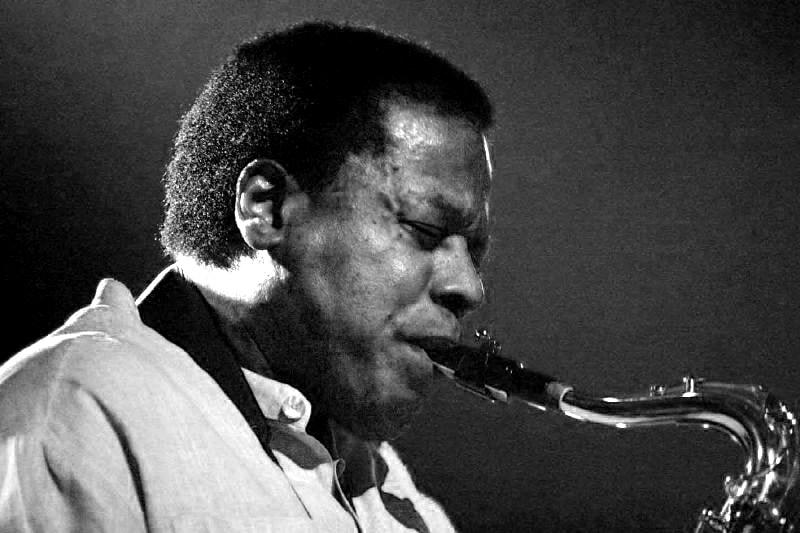
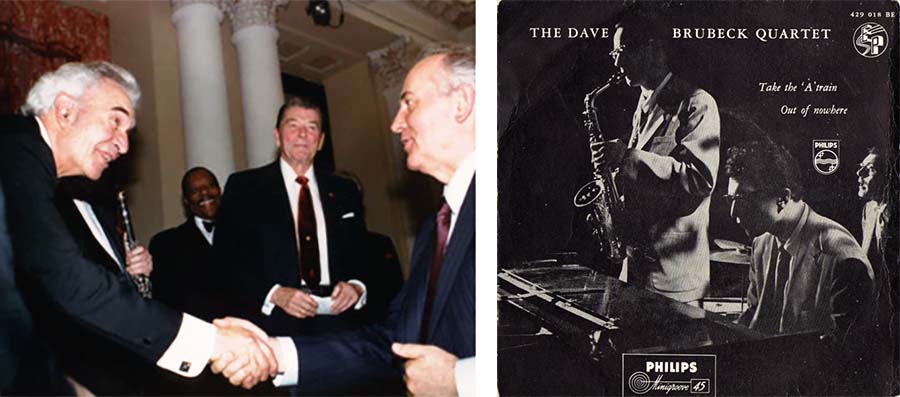
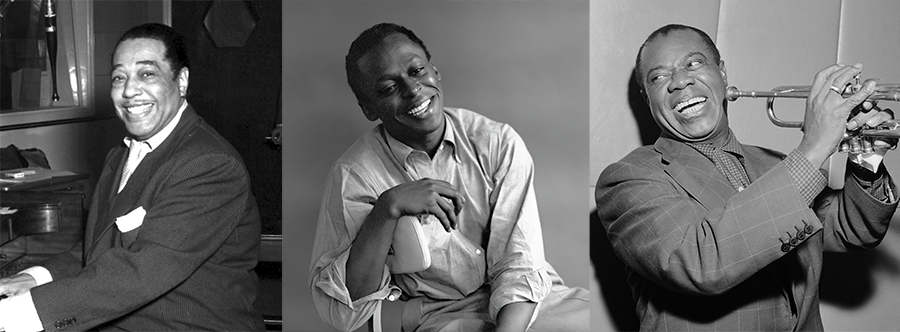
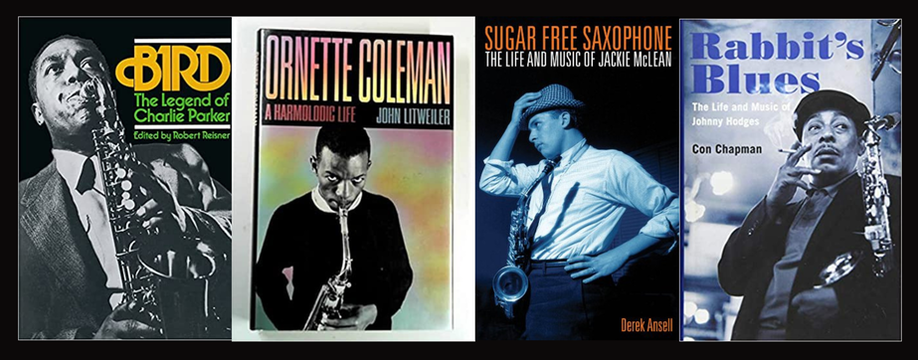
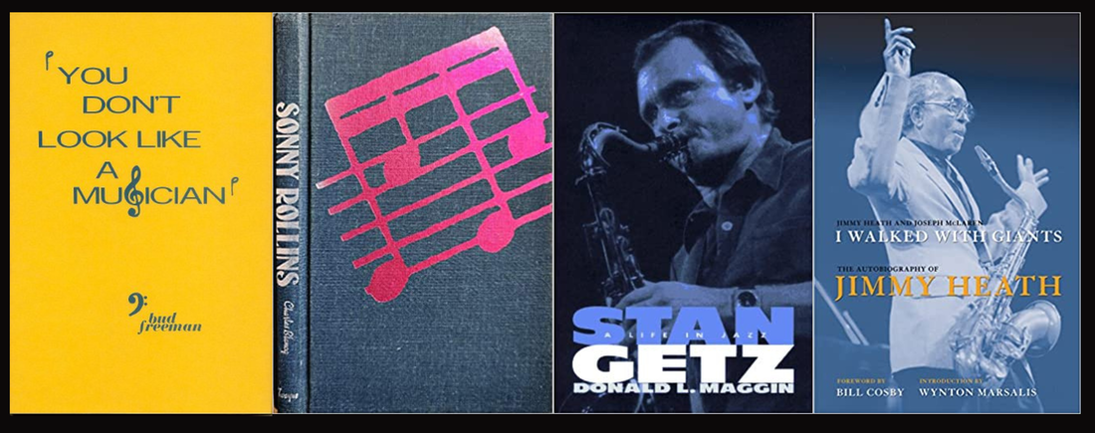
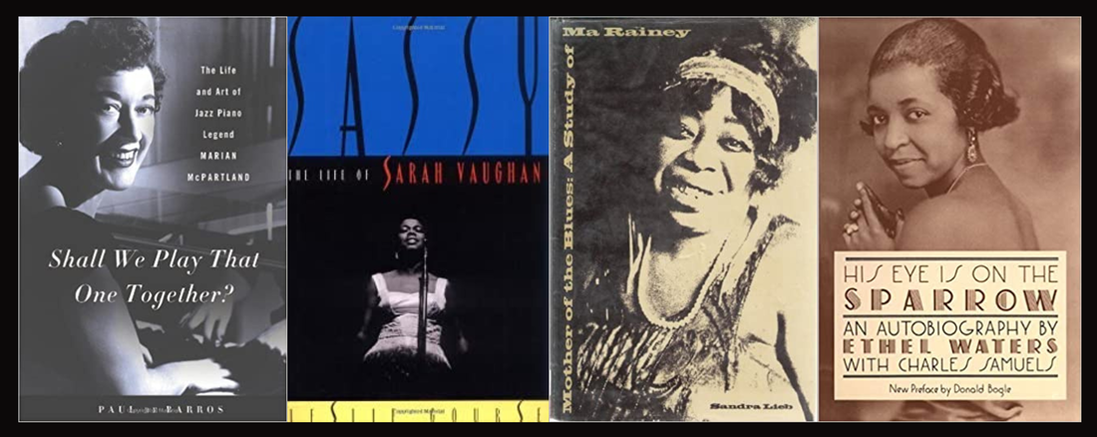
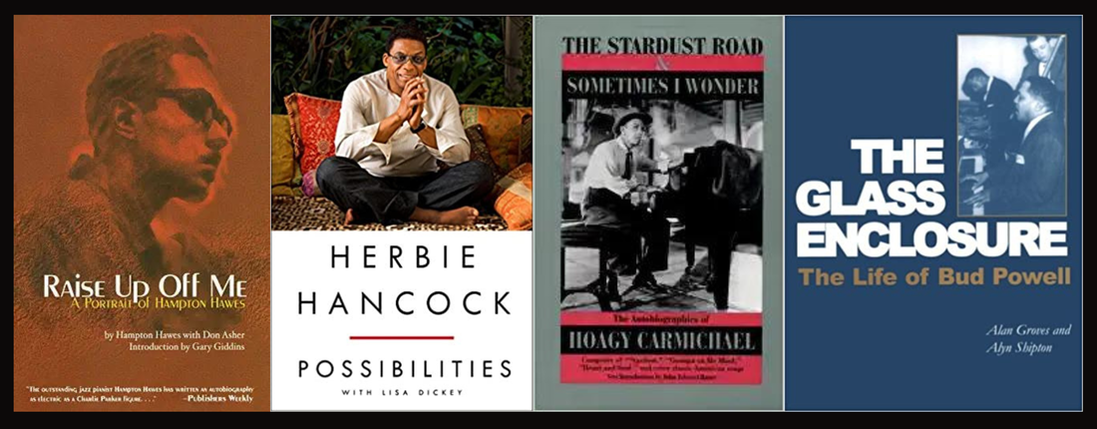
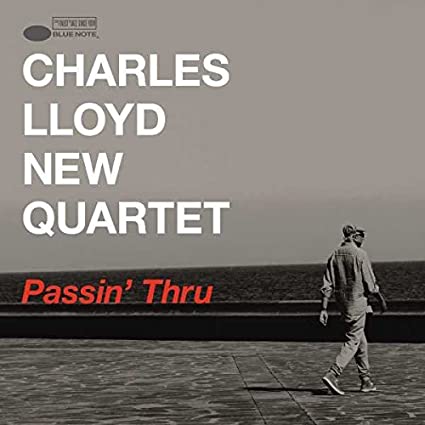
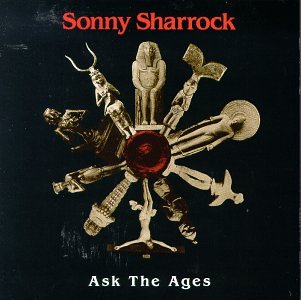
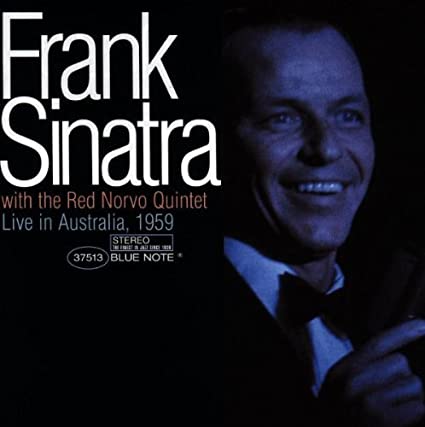
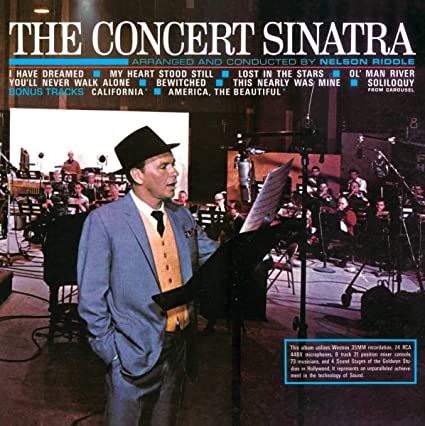
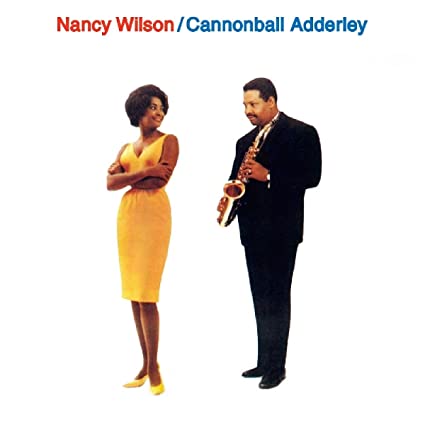
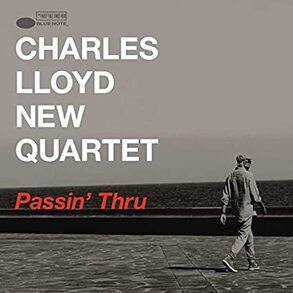

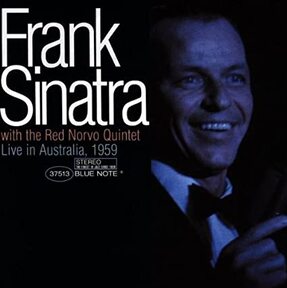
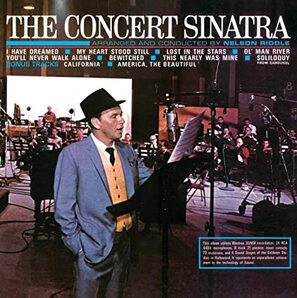
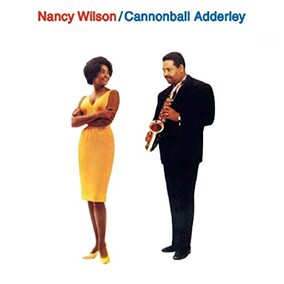
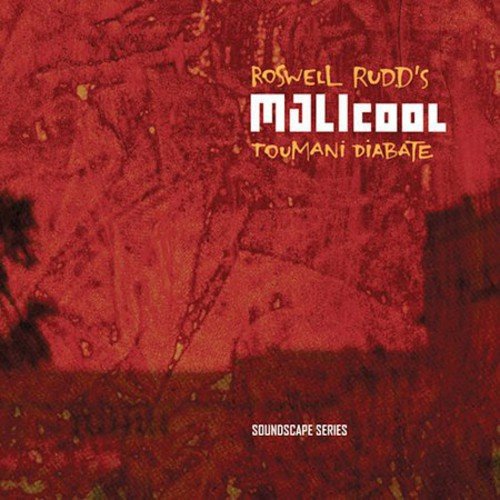
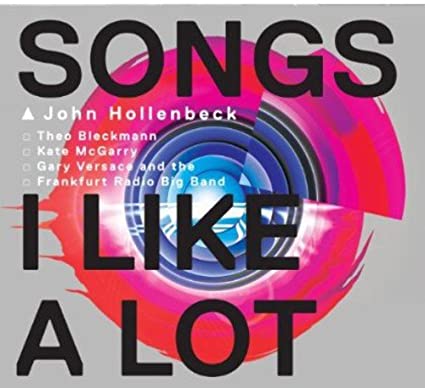
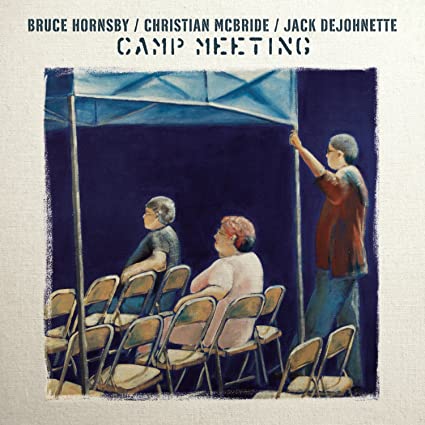
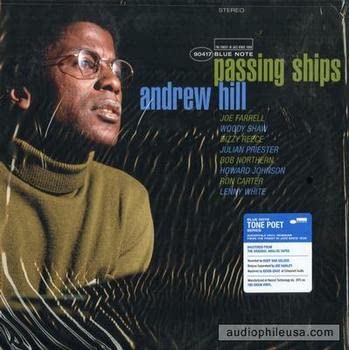
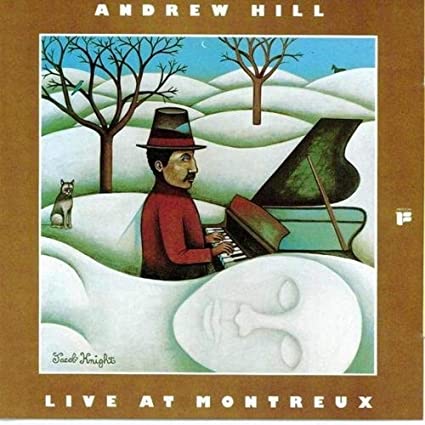
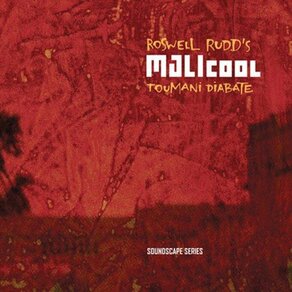
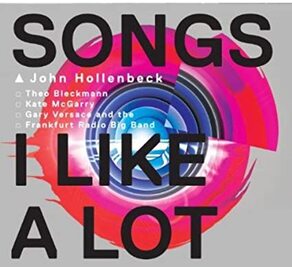
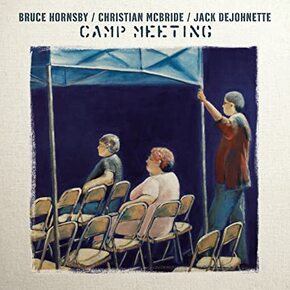
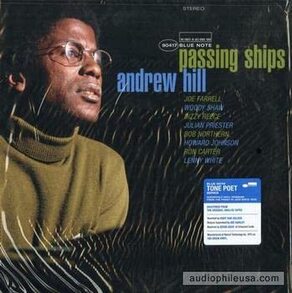
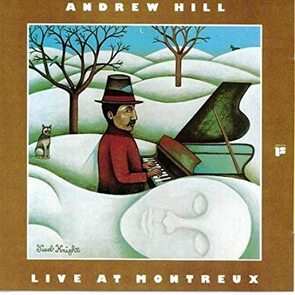
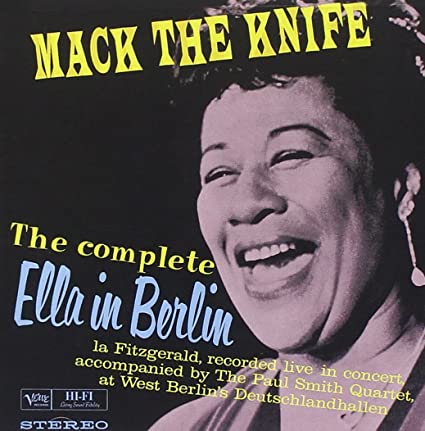
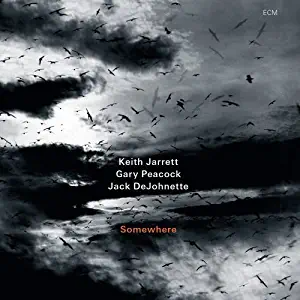
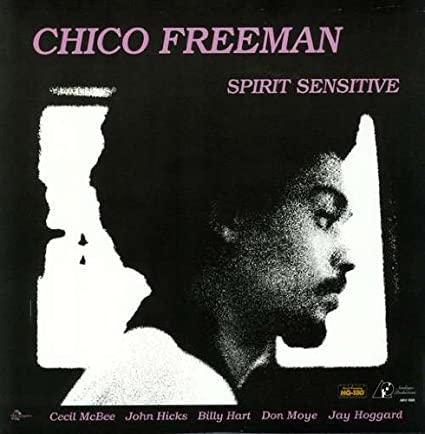
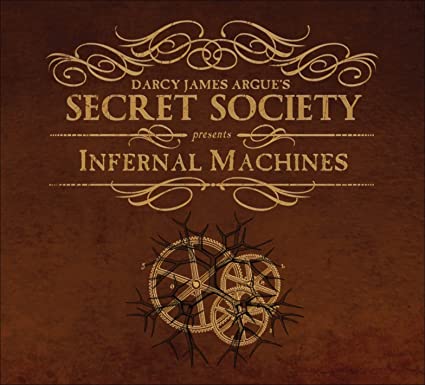
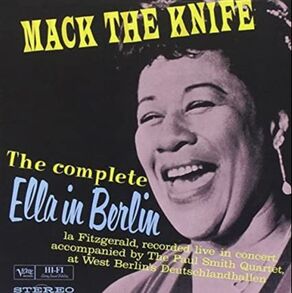
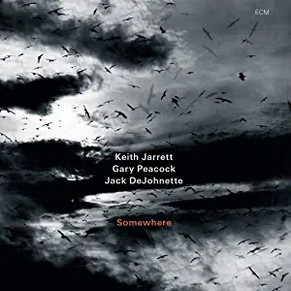

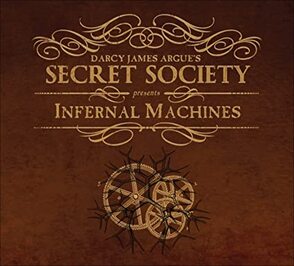

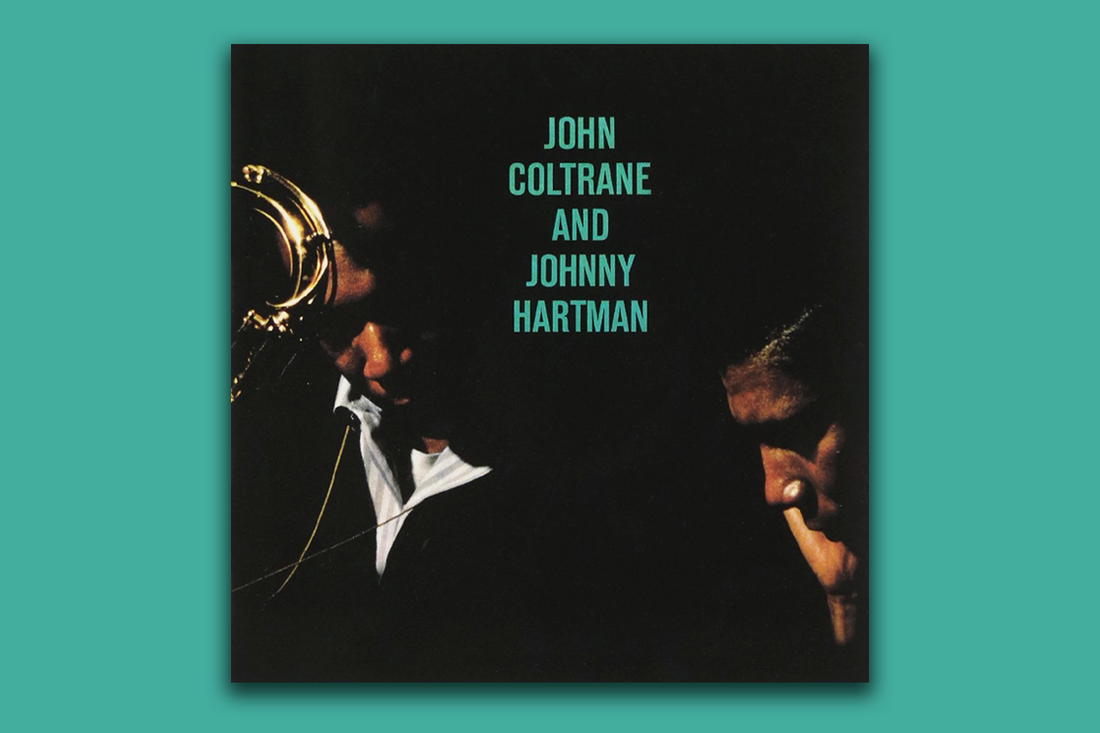
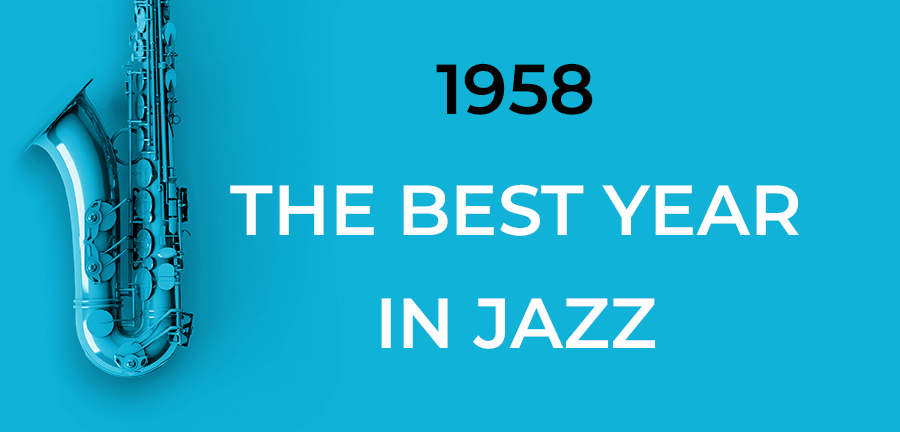
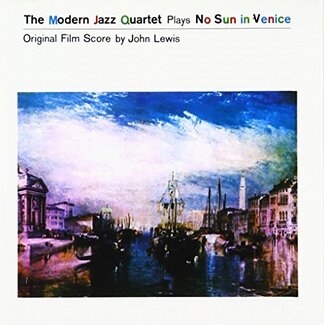
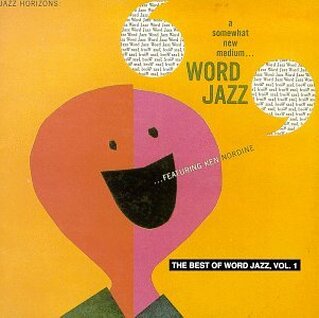
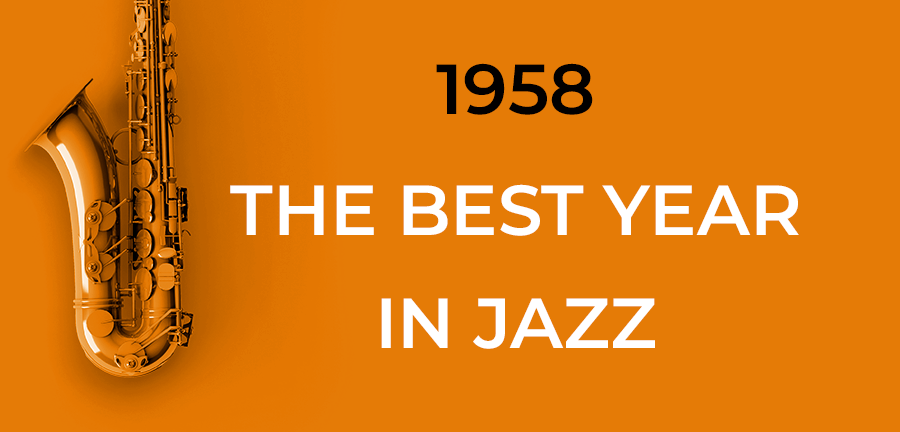
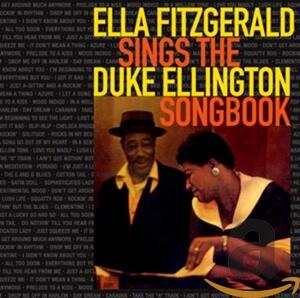
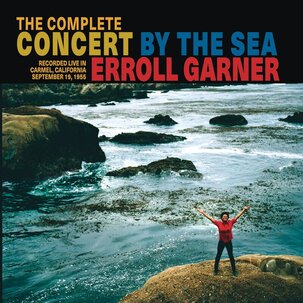

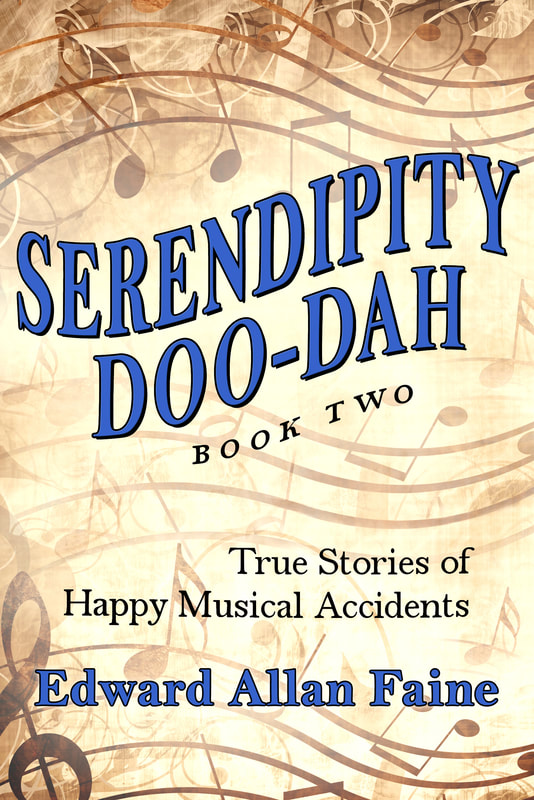
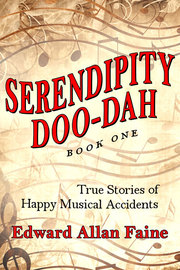
 RSS Feed
RSS Feed